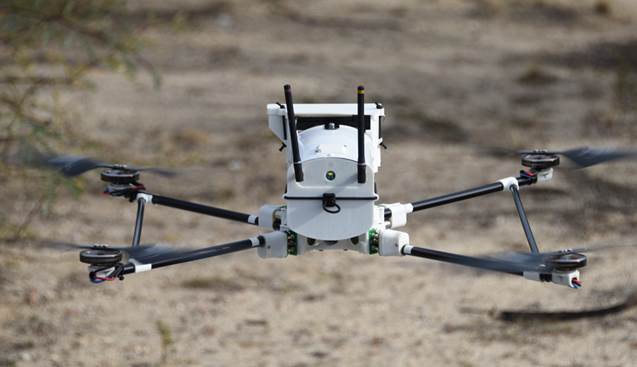The U.S. Federal Aviation Administration (FAA) issued new rules, effective August 2016, for safely operating small unmanned/uncrewed aircraft systems (UAS or drones) for work or business, including scientific research. Because the use of drones is expected to expand rapidly in years to come, the FAA was moved to respond to concerns about where and how the vehicles should be flown. Under the new regulations, examples of acceptable commercial applications include crop monitoring, bridge inspection, and aerial photography. The use of drones to deliver packages is not formally forbidden but it may generally be discouraged because operators must keep their UAS within sight at all times. See also: Remote sensing with small unmanned aircraft systems; Uninhabited aerial vehicle (UAV); Use of UAV drones to protect elephants

A small UAS, according to the FAA, weighs less than 25 kilograms (55 pounds). At present, UAS weighing more than 25 kg may not be flown, but the FAA expects that future rules will cover larger UAS for commercial use. Small UAS may be flown to a maximum groundspeed of 160 km/h (100 mi/h) and a maximum altitude of 122 m (400 ft). In addition, flights are prohibited near other aircraft or airports, over crowds of people, and after dark, to name a few restrictions. Nonrecreational operators must be at least 16 years old and obtain a permit known as a remote pilot airman certificate. Operators also must register their UAS, if over 0.25 kg (0.55 lb) in weight, and label their UAS with their registration numbers. For recreational operators, all the same rules and restrictions apply, except you only need to be 13 years of age or older to fly.





